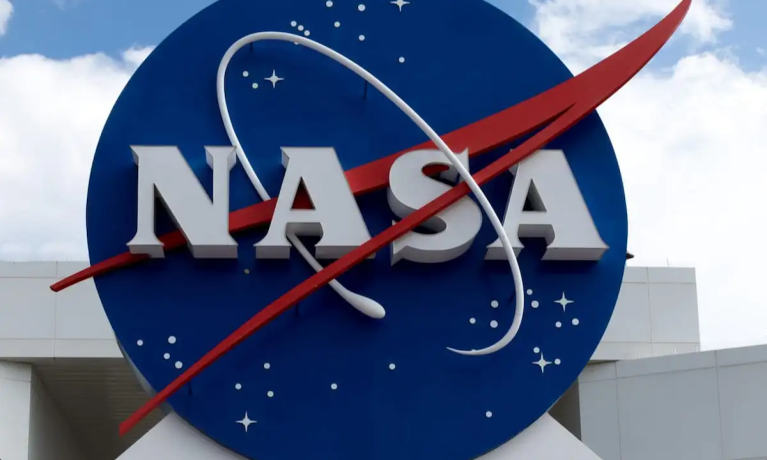
NASA operates one of the most complex supply chains in the world. Its procurement processes span numerous industries, ranging from aerospace and electronics to materials science and logistics.
That supply chain came under a spotlight with the Tuesday (Sept. 17) news that Axiom Space, a key NASA partner on the development of a private space station in low-Earth orbit as well as for spacesuits that could one day be worn by astronauts on the Moon, is facing financial difficulties that could imperil these projects as well as leading it to reportedly fall behind on payments to its own suppliers.
These issues not only reveal the intricate web of dependencies in a highly specialized industry, but also highlight broader lessons for businesses navigating the risks inherent in B2B supply chains — even earthly ones.
After all, the intricate nature of trading in earth’s orbit for the great blue yonder (space, not the afterlife) requires that every component — from spacecraft modules to microchips — is delivered on time and meets the highest quality standards. Each supplier in this chain is not just responsible for delivering a part but for ensuring the part adheres to NASA’s stringent regulatory and safety requirements, with many suppliers serving as specialized firms that are the sole providers of specific parts or technologies.
This heavy reliance on niche suppliers creates an inherent vulnerability: any disruption at even one link in the chain can have a cascading effect on the entire project. And with projects costing billions of dollars and spanning years, these delays can become both costly and problematic.
As industries globally contend with increasingly complex and interconnected supply chains, NASA’s experience offers a cautionary tale about the hidden risks and opportunities for B2B enterprises in managing such networks.
See also: How Digital Transformation Aligns Supply Chains With Compliance, Sanctions Risk
NASA’s reliance on highly specialized suppliers is emblematic of a broader risk in B2B supply chains — the lack of redundancy.
While relying on specialized suppliers can drive innovation and ensure quality, businesses must increasingly consider alternative sources for critical components. Diversifying suppliers not only reduces the risk of disruption but also creates competitive pressure that can lead to improved pricing and service levels.
When businesses rely on a single vendor for critical components, they expose themselves to significant risks if that vendor fails to deliver. For smaller firms, this may result in production halts, while for larger enterprises, the ripple effects can cause disruptions across multiple product lines or geographies.
And as the NASA supply chain pain points also reveal, many B2B businesses tend to grapple with inherently extended lead times, particularly in industries like aerospace, pharmaceuticals, and automotive, where the sourcing and development of parts are complex and time sensitive. The lengthy timeframes for developing custom parts or conducting rigorous testing create vulnerabilities to changing market conditions, regulatory shifts, or unforeseen logistical hurdles.
July PYMNTS Intelligence revealed that concerns over supply chain integrity and macroeconomic conditions highlight how larger external factors also remain on CFOs’ radars.
Businesses can help mitigate the impact of unexpected delays by engaging in regular communication with their suppliers to identify potential bottlenecks early. Establishing clear expectations, fostering open communication, and working collaboratively with suppliers can help resolve issues before they escalate into major disruptions.
Read more: Managing Third-Party Risks Emerges as Key B2B Issue
At the same time, advanced risk management tools can provide businesses with insights into potential vulnerabilities. Modern software solutions can track the movement of goods and materials across every level of the supply chain, offering real-time insights into potential disruptions. This transparency enables businesses to respond quickly to issues, reducing the likelihood of costly delays.
For example, utilizing predictive analytics and artificial intelligence (AI) to monitor supplier performance and flag potential delays can allow companies to take preventive action.
“The integration of AI, ML [machine learning], and vast computing power, coupled with an abundance of data, has transformed our approach to demand forecasting, inventory flow and cost optimization,” Parvez Musani, SVP, end-to-end fulfillment, Walmart U.S. Omni Platforms and Tech, told PYMNTS. “Customers who can count on you during challenging times will reward you with their continued business. … Businesses must be able to adjust to disruptions quickly.”
Ultimately, NASA’s supply chain challenges serve as a potent reminder that even the most technologically advanced organizations can fall victim to supply chain risks. However, these risks are not insurmountable. By building redundancy, strengthening supplier relationships, enhancing visibility, and fostering agility, B2B businesses can not only mitigate these risks but turn them into opportunities for innovation and growth.